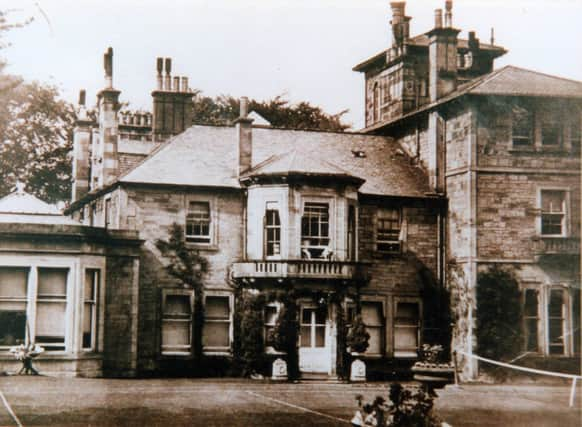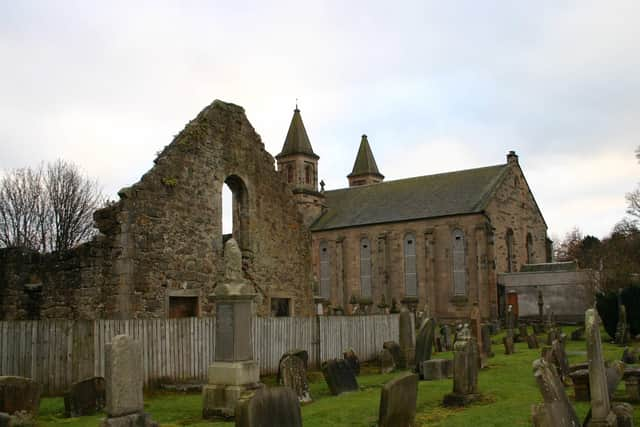A walk through Polmont's history


Over the next few weeks I have a few suggestions that will combine exercise with a look back at the past.
Today it is the Polmont area and the place to start is the Beancross carpark.
Advertisement
Hide AdAdvertisement
Hide AdThere are several fine farm buildings here including a converted ring mill once used for grinding corn by horse or cattle power.


We are not far from the Antonine Wall with the site of the Roman cavalry fort of Mumrills just across the road.
Make your way through the underpass and Grandsable Cemetery is on the left.
The rising ground opposite might be the site of the 1298 Battle of Falkirk with the army of Wallace drawn up to face the English advancing from beyond the Westquarter Burn.
Advertisement
Hide AdAdvertisement
Hide AdThe cemetery which opened in 1901 takes its name from cottages which stood here in the 19th century.
It is a beautiful place where many of the brave young pilots from all over the world are buried near where they died during training at Grangemouth aerodrome during the Second World War.
From the top gate cross the main road (with care!) to the grounds of Parkhill past the old lodge.
The drive leads to the mansion house which was converted into flats a few years ago.
Advertisement
Hide AdAdvertisement
Hide AdIt was built in 1790 for James Cheape of Sauchie though there had been a big house here for centuries.
For most of the last century it was the home of the Gray-Buchanan family.
Across the park to the east is the site of the mansion of Millfield.
The steep-sided valley of the Polmont Burn provided a fantastic setting for the Victorian garden with waterfalls, bridges, ponds, a bowling green, a bleaching green and a sundial.
Advertisement
Hide AdAdvertisement
Hide AdThe house with its outlook tower was built for John Millar secretary of the North British Railway.
Later it was home to the Stein family before demolition in the 1960s.
Sadly the fine arched bridge over the burn is in a poor state of repair.
Millfield Drive leads down to the celebrated Black Bull.
Cross the road and walk east until you reach the Kirk Entry.
Advertisement
Hide AdAdvertisement
Hide AdThe twin-towered Parish Church which dates from 1844 replaced the picturesque ruin in the graveyard built in 1733 as the first place of worship after Polmont parish separated from Falkirk.
There are fantastic early gravestones here including two rare ones depicting Adam and Eve.
The south wall has several gun loops used by the Home Guard as one of the lines of defence for the airfield.
The former school lies across the road.
Back on the main street and heading west, we pass the site of the Polmont Bank Hotel now a supermarket and, further on, the church hall from the 1890s.
Advertisement
Hide AdAdvertisement
Hide AdBeyond that is the little community hall which once housed a girls school.
Polmont Park which lay on the right was once the home of the Griffiths family and disappeared in the 1970s.A short walk takes us to Cassels Bridge where we turn right down the footpath through the 'Fairy Glen' beside the Polmont Burn.
During the war there was a plan to evacuate people from Grangemouth if the docks were attacked by leading them up this path to Parkhill and the other mansions.
The path emerges alongside the Klondyke Garden Centre and we are not far from the underpass and the Beancross Carpark.